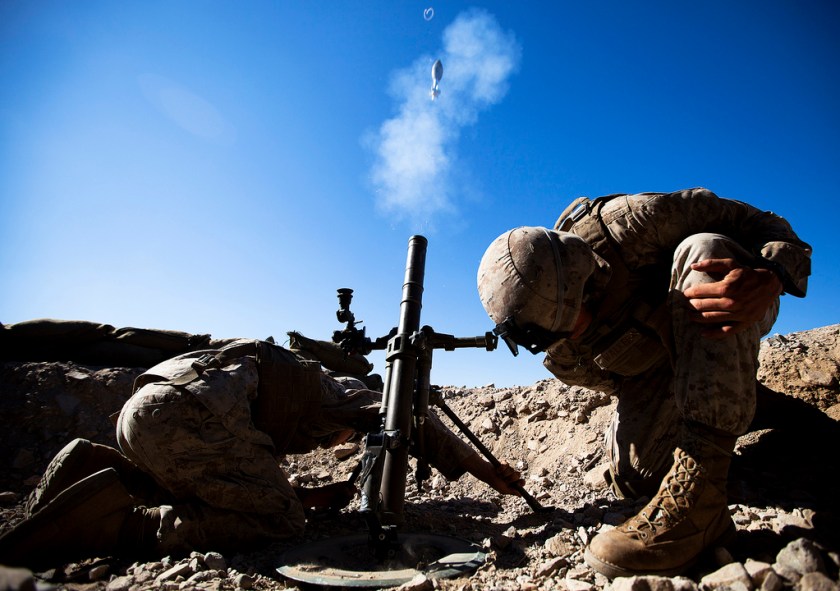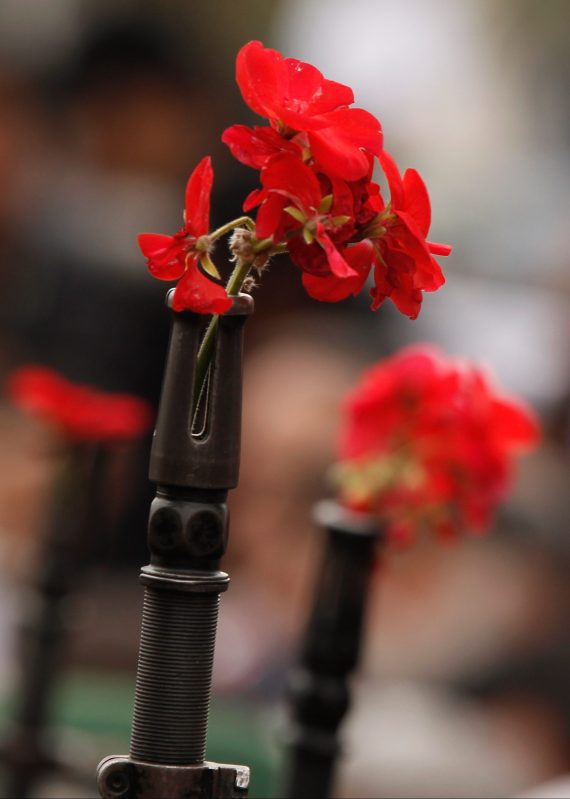
The Department of Defense is looking for some flower power to add to its firepower, in an effort to cut costs and be more sustainable.
Each day, there are thousands of rounds fired at U.S. military training facilities around the world. Some hit their targets, while many others don’t, joining the piles of used munitions already accumulated. These spent rounds—low-velocity 40 mm grenades, various mortar shells, and larger rounds for tanks and artillery—end up on the ground, or in some cases, buried hundreds of feet underground.
While the military makes an effort to clean up after themselves, it’s impossible to find all of these spent munitions. Oftentimes, farmers, construction crews, and other civilians find these training rounds after the land changes hands, not knowing the difference between the real-deal and a training round. On top of this, the rounds take hundreds of years to break down and could pollute soil and drinking water in the process.
To avoid this, the Department of Defense (DoD) has proposed using biodegradable ammunition on training grounds. Putting out a call for design proposals, the government department asked for concepts for rounds that contain plant seeds that would only germinate after being embedded in the ground for a few months. But the seeds the military is hoping to use will sprout plants that will specifically help remove soil contaminants and use the rest of the spent ammo shells to grow.
Accepting applications until Feb. 8, the DoD is basically looking for a proof-of-concept for 40 mm to 120 mm rounds that’s better than the one it currently has from the Army Corps of Engineers. From there, the design concepts will be tested to see if they hold up to the standards of conventional training rounds. Only after that will the DoD will determine if the design can be manufactured on an industrial scale.
Interested parties can see the DoD’s request for the biodegradable rounds here.
—RealClearLife Staff
This article was featured in the InsideHook newsletter. Sign up now.
























